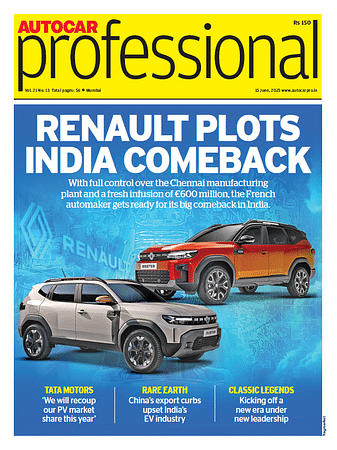India, China to contribute to $21 billion eRetailing aftermarket in 2017: Frost & Sullivan
As per the research high growth in emerging markets such as China and India has been seen due to its expanding VIO and favorable economic conditions.
The growth in global automotive aftermarket is rapidly evolving, with eRetailing, telematics and service aggregation facilitating the evolution of traditional business models. With the markets witnessing a digital and connected ecosystem, multiple opportunities exists for parts and service retailing due to steady growth in worldwide vehicles in operation (VIO), says a report titled ‘Global Automotive Aftermarket Outlook’ a research by Frost & Sullivan’s Automotive & Transportation Growth Partnership Subscription.
The report finds that penetration of eRetailing in the automotive aftermarket is increasing significantly and is expected to cross $21 billion (Rs 132,657 cr) globally by the end of this year.
Anuj Monga, research analyst, Frost & Sullivan Mobility, says, “Automotive aftermarket suppliers need to become holistic solution providers and extend their capabilities beyond manufacturing by incorporating digital innovations in their channels to market, including distribution, sales, and services. To succeed in a rapidly changing environment, players will need to invest in research and development (R&D), strategic partnerships, and embrace technology advancements.”
Growth Drivers
As per the research high growth in emerging markets such as China and India has been seen due to its expanding VIO and favorable economic conditions. While the intense competition and merger and acquisition (M&A) activities in Western Europe picked up pace. Alongside fast-paced growth of remanufacturing in Asia-Pacific, and United States market witnessing good growth due to eCommerce channel revenues.
The new business models such as business-to-business (B2B) platforms from pure players and direct retailing by suppliers and OEMs. There is a steady growth in European regions due to aging VIO and proliferation of new technologies, vehicle types, and service channels and Increased online automotive sales picking up in Mexico due to the smartphone penetration and favorable government legislation.
“The pace of innovation in vehicle technologies is causing growing complexities in vehicle functionality and a lack of available skill set,” noted Monga. “To overcome this challenge and remain competitive, players will need to invest in assistive technologies, innovative training methods and equipment.”
RELATED ARTICLES
Continental exits TBR market in India, shifts focus to car and SUV radials
German tyre manufacturer aims to tap the double-digit market growth opportunity for big SUV and luxury car tyres which w...
New ZF SELECT e-drive platform gives EV makers a choice in 100 to 300 kW range
Modular e-drive platform optimally matches 800-volt overall system and components such as the electric motor and power e...
Daimler India CV and BharatBenz deliver 200,000th truck
Daimler India Commercial Vehicles' portfolio includes truck models ranging from 10 to 55 tonnes for a wide variety of ap...





 24 Jul 2017
24 Jul 2017
 4741 Views
4741 Views





 Autocar Professional Bureau
Autocar Professional Bureau




